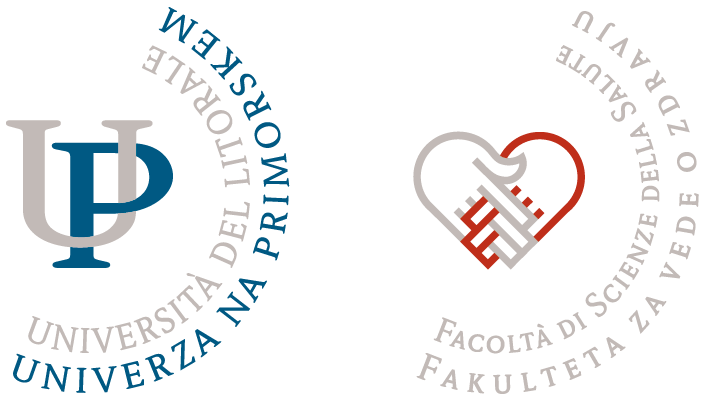Project duration:
Project Partner:
The Pennsylvania State University
Project leader at UP FVZ:
Assoc. Prof. Nejc Šarabon (SICRIS, ResearchGate)
Summary:
Low back pain (LBP) is the most common musculoskeletal problem. In 84% of the general population, at least one episode occurs in a lifetime. This project aims to develop methodology for identifying muscle synergies in movement tasks such as jumping, lifting heavy weights and pushing. The subsequent studies will be done on three groups of subjects; (i) healthy individuals which are not occupationally using above mentioned movement tasks, (ii) healthy subjects, that use above mentioned movement tasks during their occupational activities and (iii) subjects suffering from chronic LBP. The first goal is to develop the methodology to analyse physiologic (electromyography) and biomechanical parameters (kinematics, posture and ground reaction force) with the primary movement characteristics (trajectory, speed, acceleration of the object). Secondly, we would like to compare muscle synergisms and their effects on the primary movement characteristic, between the three groups. From the first two studies, we will be able to better understand loading and unloading effects of different movement strategies. And finally, we would like to study the effectiveness of different kinesiological and ergonomic interventions for learning more appropriate movement strategies in groups that are at higher risk of developing LBP and those that already suffer from chronic LBP. The presented project will be done in collaboration with prof. Mark Latash and his research group from Penn State University, United States of America.

»Bilateral project SLO-USA titled “Motor control study of selected work tasks with the aim to develop ergonomic and kinesiological measures in case of low back pain” co-financed by the Slovenian Research Agency of the Republic of Slovenia from the state budget.”

